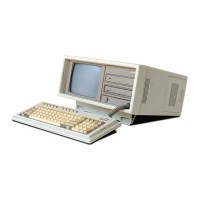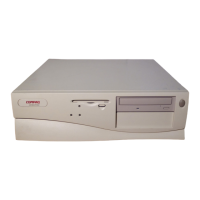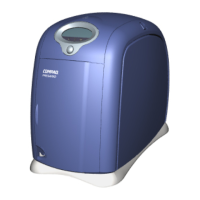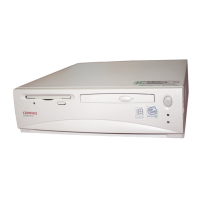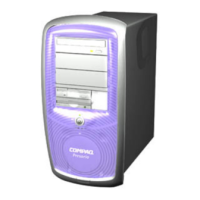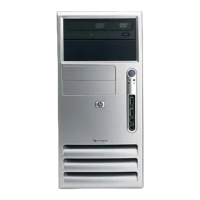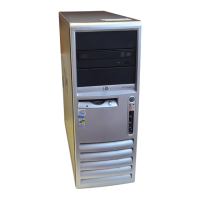Technical Reference Guide
Compaq iPAQ Series of Desktop Personal Computers
Review Copy - January 2001
8-15
8.6.2 ACPI SUPPORT
This system meets the hardware and firmware requirements for being ACPI compliant. The BIOS
function INT 15 AX=E845h can be used to check or set the ACPI enable/disable status of the
system, which defaults to the “ACPI enabled” state. The setup option for ACPI should be disabled
if APM/PnP is to be used with Windows 98 or when disabling power management and PnP
support for NT5.0. A hardware redetection should be made with Windows 98 and a reinstall of
Windows NT5.0 should be performed when an ACPI switch is made. This system supports the
following ACPI functions:
♦ PM timer
♦ Power button
♦ Power button override
♦
RTC alarm
♦ Sleep/Wake logic (S1, S4 (NT), S5
♦ Legacy/ACPI select
♦ C1 state (Halt)
♦ C2 state (STOPGRANT)
♦
C3 state (no clock)
♦ PCI PME
8.6.3 APM 1.2 SUPPORT
Advanced Power Management (APM) BIOS support provides interaction between the BIOS ROM
and the operating system (OS). The BIOS advises the OS when a power state transition should
occur. The OS then notifies the appropriate driver(s) and reports back to the BIOS.
For maximum energy-conservation benefit, APM functionality should be implemented using the
following three layers:
♦
BIOS layer (APM BIOS (ver. 1.2, 1.1, 1.0))
♦
Operating system (OS) layer (APM driver)
♦ Application layer (APM-aware application or device driver)
The process starts with the OS or driver making a connection with the BIOS through an APM
BIOS call. In a DOS environment POWER.EXE makes a Real mode connection. In Windows 3.1
and in Windows 95, a 32-bit connection is made. Currently Windows NT does not make an APM
connection. With power management enabled, inactivity timers are monitored.
When an inactivity timer times out, an SMI is sent to the microprocessor to invoke the SMI
handler. The SMI handler works with the APM driver and APM BIOS to take appropriate action
based on which inactivity timer timed out.

